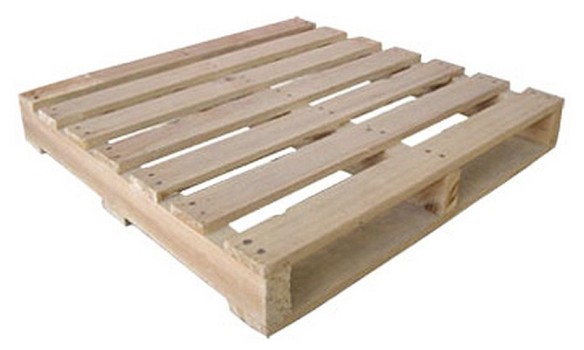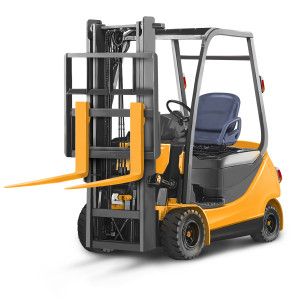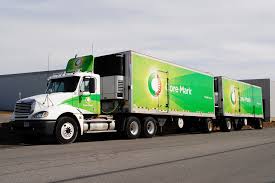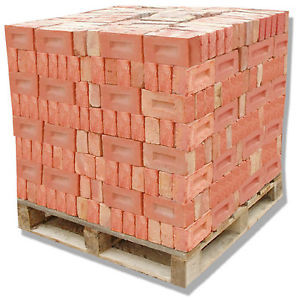Less-than-truckload 101 will give you all of the information you need to get a solid understanding of Less-than-truckload shipping. After reading this, you’ll be able to:
- Explain the less-than-truckload (LTL) shipping process.
- State the four key pricing factors for LTL shipping.
- Explain how freight brokers generate revenue from LTL shipping.
[adToAppearHere]
What is LTL Shipping?
- LTL shipments typically range between 150 lbs and 15,000 lbs.
- Common weight is 250 lbs to 1500 lbs per pallet shipped.
- LTL shipping refers to the size of the shipment in pounds and space used by dimension (LxWxH).
- A number of small shipments from multiple shippers that do not require an entire trailer are moved together on a truck by using a network of terminals.
Every day, local pickups are made in the afternoon, and brought back to the terminal to be sorted. From there, the freight is consolidated with other shipments going to the same region, and moves to another terminal in the carrier’s network. Deliveries are made to consignees (receivers) in the morning by local delivery drivers.
Common LTL Terminology
- Pallet/Skid
- Bill of Lading (BOL)
- Terminal/Hub
- Forklift/Pallet Jack
- Pup Truck/Dry Van
Pallet or Skid
A pallet, also called a skid, is a flat, wooden structure that goods are wrapped and stacked on for shipping and storage. A standard pallet is 48x40x6, and weighs roughly 45lbs. Pallets can range from 24×24 to 72×48 in size, and from 25 lbs to 60 lbs depending on the material (plastic, wood, steel).
Bill of Lading (BOL)
A Bill of Lading (BOL) is a legally binding document that provides the truck driver and the trucking company all of the details to process the shipment and bill it correctly. Your company’s BOL must be given to the carrier when the shipment is picked up.
Forklift and Pallet Jack
A forklift is a motorized jack used to move pallets around terminals and warehouses, and to load and unload trucks.
A pallet jack is a non motorized jack used to move pallets around terminals and warehouses.
Pup Truck
A pup truck is typically 26-28ft long, 8ft wide, and 102″ tall. These trailers are used to make local pickups and deliveries, as they are easier to maneuver and navigate throughout the city.
Dry Van
A dry van is a trailer used to travel over the road from one LTL terminal to another. Dry van trailers are either 48 or 53 ft in length, and can transport as much as 45,000 lbs of cargo.
Primary Factors for LTL Pricing
- Tariffs
- Freight Class
- Total Weight
- Accessorial Fees
Tariffs
Tariffs are documents that set applicable rates, discounts, and cost for moving freight. Essentially, a tariff is a price list. Discounts generally average between 40 and 75% off of a base tariff rate. Tariffs and discounts are based on the volume and type of freight a customer ships. Most often, the more volume a customer ships, the greater the discount they will receive.
Freight Class
Every product that is moved by an LTL carrier has an assigned freight class and National Motor Freight Classification (NMFC #) from the National Motor Freight Traffic Association (NMFTA). The NMFTA has 18 freight classes ranging from 50 to 500, and all LTL carriers acknowledge the products classification assigned by the NMFTA.
Freight classes vary depending on the product’s size, value, density, difficulty of shipping that particular product, and packaging. The same item could ship out at two different classes depending on packaging and assembly.
Freight Class Examples:
500 lbs of bricks in boxes
- Very dense items
- Low per pound value
- Very easy to transport
- Freight Class 50
- The lower the freight class, the cheaper it is to move
500 lbs of Blu Ray Players
- Expensive to replace if damaged, lost, or stolen
- Less dense
- More expensive to transport
- Unable to stack other freight on top due to potential damage
- Freight class 125
200 lbs of Ping Pong Balls
- Not dense
- Very fragile and greater potential for damage
- Freight class 500
- Higher freight class = more expensive to ship
Your quoting system will give accurate pricing based on the information that the user shipper or broker enters. LTL carriers have the right to inspect any freight on their docs, and shipment disputes may occur even if there are minor differences in product entered versus product actually shipped.
Other Ways to Class Freight
Freight of All Kinds (FAKs) is an agreement between the carrier to the shipper (not necessarily to a broker) to ship multiple items with differing freight classes under one class. FAKs were set up to help shippers who ship multiple products at varying freight classes to move all of their products under one freight class. This helps with easier pricing and billing communication between the carrier and the shipper. It also removes the hassle of looking up multiple NMFC numbers of individual items for each shipment.
As an example, a manufacturer who produces a number of different products with freight classes ranging from class 70 to class 150 may be able to ship all of their items at class 85. FAKs are primarily used as a negotiating tool used by both the carrier and the shipper. Depending on the volume moved by the shipper, carriers may offer FAKs to earn the business of the shipper. It is also not uncommon for brokers to obtain named pricing from a carrier on behalf of their largest customers.
Pallet Rates
Shippers are sometimes able to obtain pallet rate pricing from some carriers. This may range between $50 – $80 per pallet, plus fuel regardless of the item shipped.
Total Weight
To provide accurate LTL pricing, you must have accurate shipping weights. This includes both the weight of the product plus the weight of the pallet or crate that the product is carried on/in. If the weight listed is incorrect, LTL carriers can adjust the price of the shipment, and bill you again for the re-weighed amount. Many of shippers will provide you with an estimated weight, so it’s always best to set an expectation with them for a potential re-weigh.
Assessorial Fees
Assessorials are any service in addition to a standard dock to dock move. Examples of an assessorial service include:
- Lift gate pickups or deliveries
- Non-commercial or residential pickups or deliveries
- Inside pickup and delivery
- Military base pickups and deliveries
- Arrival notification and delivery appointments
7 Keys for Accurate Rate Quotes
To provide your customers with the most accurate rate quotes. Be sure to always have the correct:
- Originating zip code
- Destination zip code
- Correct pickup date
- Package type, and number of packages (pallets, crates, boxes, drums, etc)
- The correct freight class
- The correct total weight of the shipment
- Assessorials for additional services when applicable
Generating Revenue
All freight brokers who move less than truckload freight are also customers of LTL carriers. Based on the volume that the broker moves, they are able to obtain better tariffs and discounts than a shipper who only moves 5-30 LTL shipments every month.
Freight brokers generate revenue by “buying” a shipment at one price, and “selling” it to their customer at a higher rate. The broker pays the carrier for the cost of the shipment, and keeps the remaining amount, or marginal revenue once they receive payment from the customer.
If the shipper is able to move a single shipment with Carrier “A” for $250, and a broker can move the same shipment with Carrier “B” for $125, and charge the customer $200, it is a win-win scenario for both the broker who has gained business, and for the shipper who has saved money on this shipment.
Was this information helpful? Be sure to check out Truckload 101 next.









